Oxalic acid, a dicarboxylic acid with the chemical formula C2H2O4C_2H_2O_4C2H2O4, is a naturally occurring organic compound found in various plants, vegetables, and even some animal tissues. Structurally, it consists of two carboxyl groups (−COOH-COOH−COOH) bonded to each other, making it the simplest dicarboxylic acid. In its solid form, it appears as a colorless, crystalline substance that is highly soluble in water. Natural Occurrence Oxalic acid is abundant in plants like spinach, rhubarb, beets, and nuts, where it often exists in the form of oxalates—its salt or ester derivatives. It plays a role in plant metabolism but can pose challenges for humans. For example, high levels of dietary oxalates can contribute to the formation of kidney stones when combined with calcium. Chemical Properties Oxalic acid is both a reducing agent and an acid. It reacts readily with many metals and bases to form oxalates. Its reducing ability makes it useful in chemical synthesis and laboratory settings. For instance, it reduces ferric iron (Fe3+Fe^{3+}Fe3+) to ferrous iron (Fe2+Fe^{2+}Fe2+) in qualitative chemical analysis. Applications The versatility of oxalic acid lends itself to various industrial and household uses: Cleaning Agent: It effectively removes rust, stains, and tarnish, making it popular for cleaning metal surfaces and bleaching wood. Textile and Leather Industry: It is used for dyeing, finishing, and cleaning fabrics and leather. Chemical Synthesis: Oxalic acid is an intermediate in the production of certain pharmaceuticals and other organic compounds. Water Treatment: It helps remove calcium and other mineral deposits from water systems. Health and Safety While oxalic acid has numerous benefits, it is also toxic when ingested in significant amounts. It can cause irritation, nausea, and damage to the kidneys and liver. Handling requires caution, as it can irritate the skin and eyes. In conclusion, oxalic acid is a multifunctional compound with significant industrial and practical applications. However, its use must be balanced with an awareness of its potential health risks.
Oxalic Acid
| Cas No : | 144-62-7 |
| Formula : | C2H2O4 |
| Hsn Code : | 29171110 |
| Form : | Power |
| Molecular Weight : | 90.03 g/mol |
| Melting Point : | 189.5 °C |

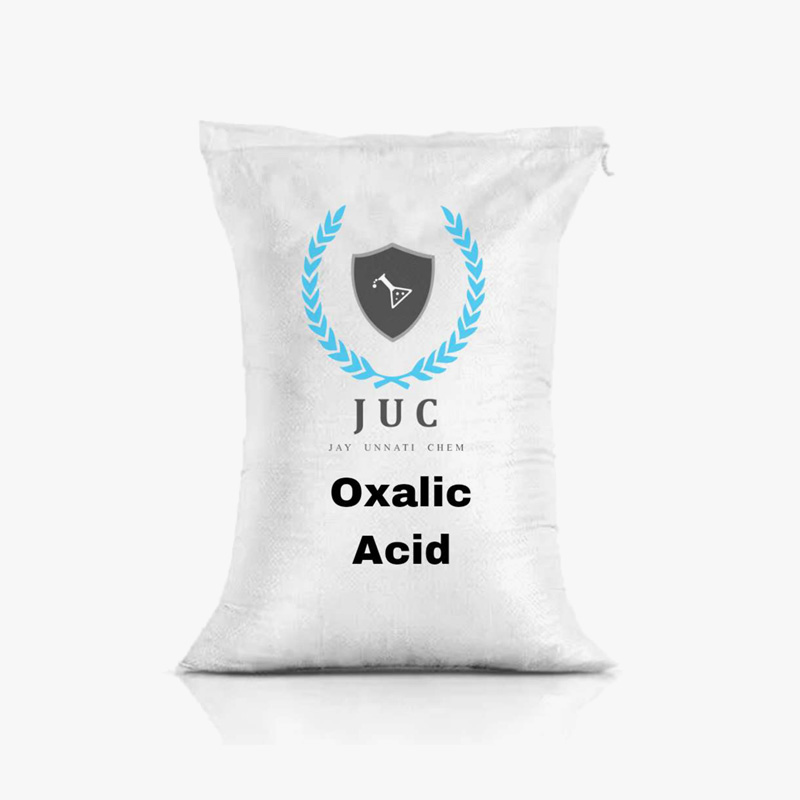
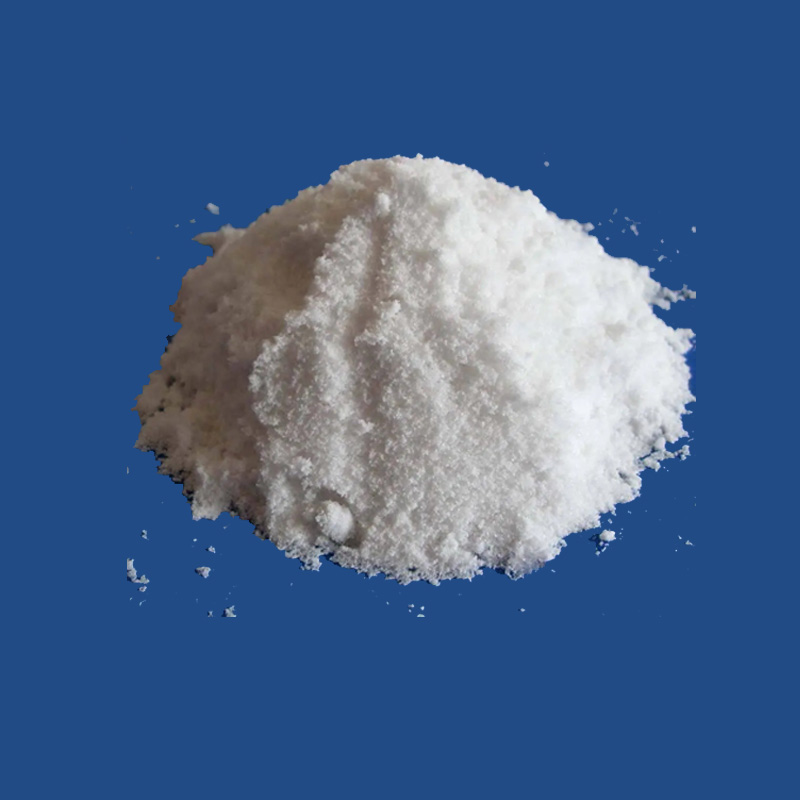
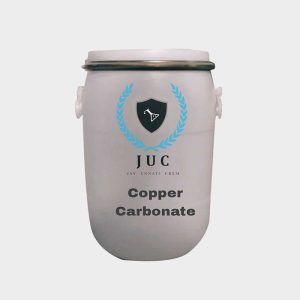
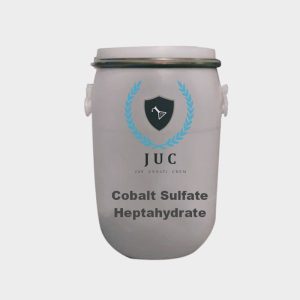
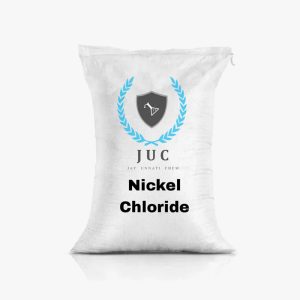
Reviews
There are no reviews yet.